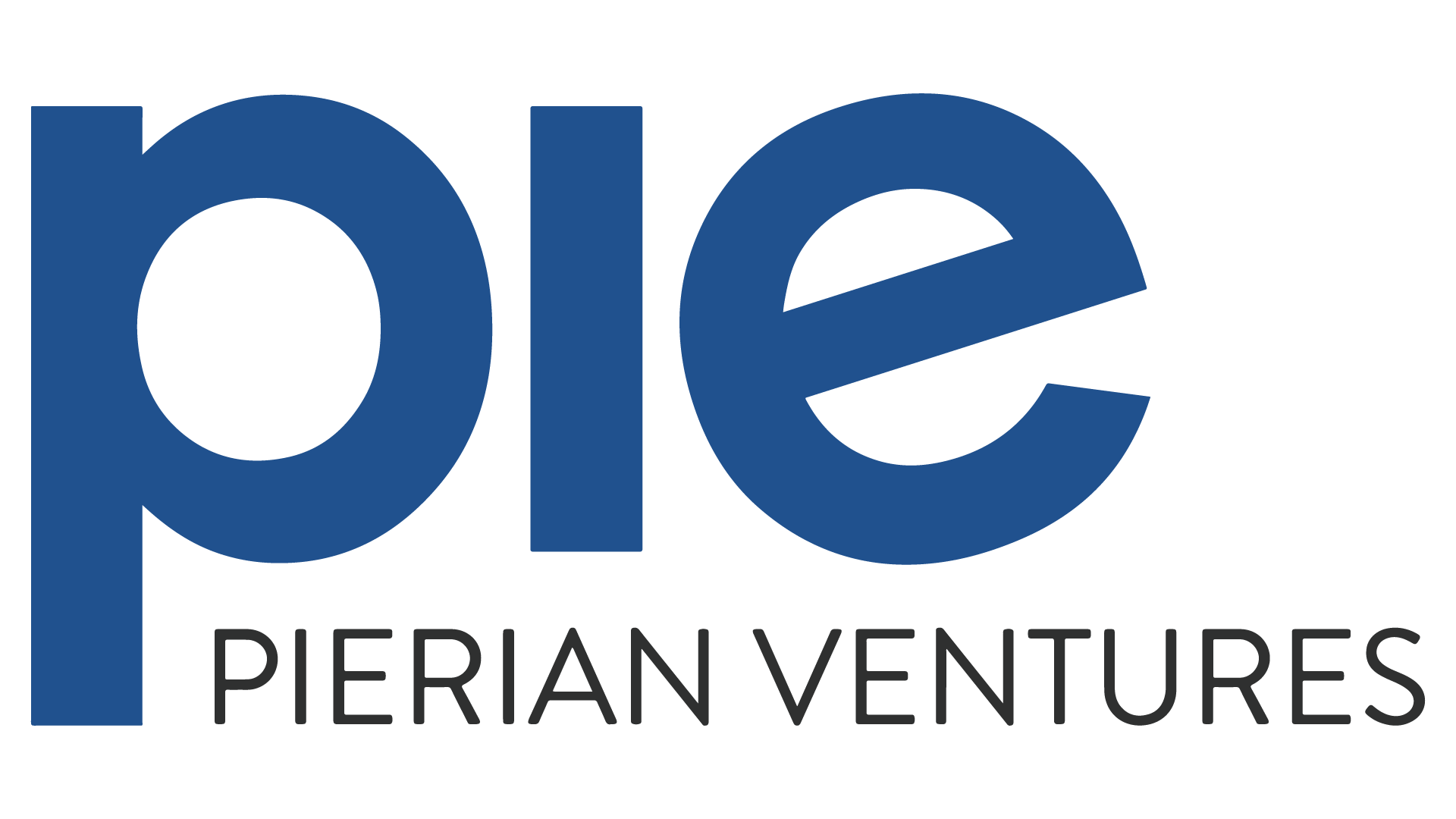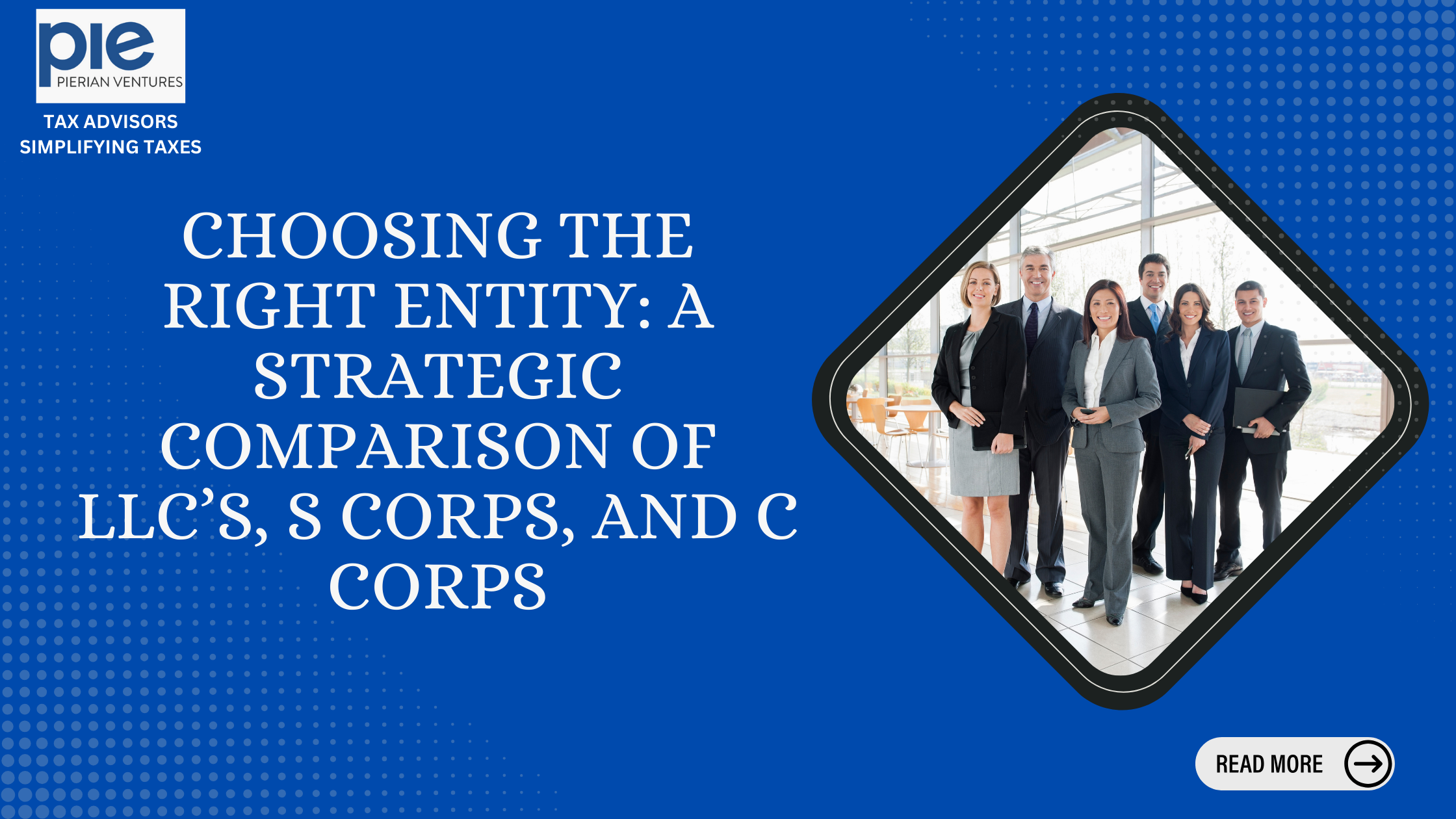In a legal environment where regulatory enforcement is increasingly automated, and audit thresholds are lower than ever, the cost of overlooking a single compliance detail can go far beyond late fees. For seasoned operators and multi-entity businesses, compliance has shifted from a legal formality to a critical function of operational control and risk containment.
Proactive compliance, in this context, is not about filing early. It’s about creating a system of foresight — one that anticipates exposure, reduces points of failure, and builds legal and financial insulation into every layer of the organization.
Compliance Failures Are No Longer Localized Events
A common misconception among even mature businesses is that a lapse in compliance — say, an unfiled foreign registration or an expired UCC financing statement — is a minor, isolated issue.In practice, even minor compliance lapses can cascade across multiple departments and disrupt core business functions.
- Banking relationships freeze when outdated entity records conflict with KYC/AML checks.
- Private equity transactions stall when buyer-side diligence uncovers standing or registration gaps.
- Logistics carriers are shut down when UCR non-compliance flags are picked up in FMCSA systems.
- Financing agreements unravel when UCC perfection fails due to lapsed filings or misindexed collateral descriptions.
This level of interdependence between regulatory filings and operational integrity demands a shift in mindset — from treating compliance as paperwork to managing it as a risk function that touches finance, legal, operations, and strategy.
Where Compliance Becomes Risk — And How To Get Ahead of It
Here are four overlooked pressure points where proactive compliance becomes the differentiator between business continuity and regulatory disruption:
1. Transactional Timing Mismatches
Major events — M&A, fundraising, restructures — often hit friction due to incomplete or inaccurate filings. Due diligence timelines don’t adjust to delayed filings or corrective actions. If state records are not in sync with internal cap tables, officer listings, or entity statuses, the deal flow is disrupted — and leverage shifts.
Strategic Fix: Maintain a clean compliance slate across all entities and jurisdictions 90+ days in advance of any transactional event. Implement compliance sprints tied to board approvals or investor outreach, not just filing calendars.
2. Fragmented Jurisdictional Oversight
Operating across multiple states or sectors (e.g., logistics, real estate, investment) creates unique jurisdictional exposures. Each state has its own reporting cadences, entity status rules, and publication requirements. Relying on internal teams or generalist counsel often leads to gaps — particularly for inactive-but-necessary entities, legacy UCC filings, or special designations (e.g., SMLLCs with disregarded status for federal tax but separate obligations at state level).
Strategic Fix: Assign multi-state compliance responsibility to a centralized system or external specialist who can maintain synchronized jurisdictional control, ensure real-time standing visibility, and prepare filings in line with transactional and tax implications.
3. Filing-Only Vendors Without Lifecycle Insight
Most registered agent providers and filing platforms handle documents reactively — they process what you tell them to, without assessing whether the filing is necessary, correct, or optimally timed. This model creates hidden liabilities, especially when dealing with:
- Back-dated UCC continuations
- Incorrect entity types during foreign registrations
- Missed franchise tax assessments tied to dissolutions
- Administrative revivals that fail to restore prior standing
Strategic Fix: Engage partners who provide filing execution and regulatory context. The right compliance team doesn’t just hit send — it validates alignment with tax strategy, corporate governance, and forward-looking structuring.
4. Regulatory Echoes After Entity Lifecycle Events
Dissolving an entity? Converting from LLC to Corporation? Merging two subsidiaries? Every lifecycle event creates echoes across tax, labor, licensing, and banking systems. Closing an entity improperly can trigger ongoing franchise tax obligations, missed UCC terminations, or post-dissolution annual reports — all of which open the door to state-level enforcement or legal friction.
Strategic Fix: Treat dissolution and conversion as multi-agency offboarding, not just a Secretary of State filing. Ensure UCCs, EINs, payroll accounts, and sales tax IDs are deactivated or reassigned according to lifecycle best practices.
Compliance Infrastructure That Moves With the Business
Scalable compliance is not about building a bigger legal team — it’s about creating modular, proactive systems that:
- Reflect the actual operating footprint (not just formation documents)
- Anticipate renewals, audits, and risk windows based on upcoming business milestones
- Enable live, jurisdiction-wide visibility into all compliance obligations.
- Automate alerts without oversimplifying decision logic
- Link filing data to internal decision workflows (HR, finance, tax, governance)
That’s the model used by growth-stage companies preparing for funding, mid-market operators with multi-entity structures, and legacy businesses undergoing generational transitions.
Where Strategic Compliance Gets Executed
Teams that support U.S.-based businesses with cross-jurisdictional operations — including logistics companies managing UCR and DOT, investment firms overseeing UCC filings, or national contractors navigating foreign qualifications — can no longer rely on static calendars or fragmented service providers.
The role of a compliance partner is not limited to document handling. It includes:
- Entity lifecycle oversight: Formation, amendments, dissolutions, and conversions — all aligned with tax and corporate structuring
- Multi-jurisdictional registration management: Foreign registrations, annual reports, and status renewals across all states
- UCC portfolio integrity: Drafting, filing, perfecting, terminating, and tracking UCCs — especially in secured finance and equipment leasing
- Regulatory strategy integration: Translating compliance timelines into business readiness and transaction clearance
This integration turns what is traditionally a cost center into an operational safeguard that prevents deal slippage, regulatory flags, and future exposure.
A Model That Prioritizes Execution, Not Just Awareness
Pierian Ventures supports high-volume, multi-entity businesses through a compliance model that centers on execution precision and jurisdictional coordination. By combining real-time tracking infrastructure with deeply embedded filing intelligence, the team helps clients close the space between risk identification and regulatory action.
The platform manages not only active filings, but the silent friction points that delay transactions — such as misaligned tax ID records, unresolved dissolutions, or expired UCCs that weaken collateral structures. Each compliance cycle is mapped against business goals: deal flow, restructuring, operational scaling, or entity simplification.
Working across Secretary of State offices, secured transaction systems, and agency portals, Pierian Ventures acts as a silent operator behind clean audits, on-time closings, and uninterrupted licensing. The impact isn’t measured in filings completed — it’s measured in delays avoided and readiness maintained
Final Thought: Compliance Is a Control System, Not a Task List
For companies operating across multiple states or preparing for capital events, compliance must be treated as a business control layer, not a regulatory formality. When viewed this way, the investment in proactive oversight yields measurable returns — smoother transactions, lower legal risk, and increased readiness across all growth scenarios.
The goal isn’t to keep up with compliance — it’s to stay ahead of it.













